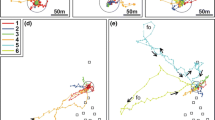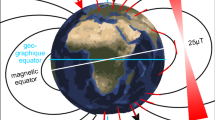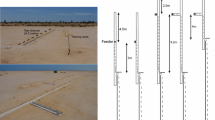Abstract.
Honey bees are well known to rely on stored landmark information to locate a previously visited site. While various mechanisms underlying insect navigation have been thoroughly explored, little is yet known about the degree of integration of spatial parameters to form higher-level spatial representations. In this paper we explore the basic interactions between landmark cues and directional cues, which stand at the basis of our understanding of piloting mechanisms. A novel experimental paradigm allowed us independent manipulation of each parameter in a highly controlled environment. The approach taken was twofold: cue-conflict experiments were first conducted to examine the interactions between positional cues and directional cues. The bees were then successively deprived of sensory cues to question the dependence of landmark navigation on context cues. Our results confirm previous findings that landmark cues are used in concert with external directional cues if present. Conversely, the bees' ability to locate a food site was not disrupted in the absence of an external directional reference. Thus, bees store landmark memories in an egocentric frame of reference and only loose and facultative associations between visual memories and compass cues are formed.
Similar content being viewed by others
Author information
Authors and Affiliations
Additional information
Electronic Publication
Rights and permissions
About this article
Cite this article
Fry, S.N., Wehner, R. Honey bees store landmarks in an egocentric frame of reference. J Comp Physiol A 187, 1009–1016 (2002). https://doi.org/10.1007/s00359-001-0272-8
Accepted:
Issue Date:
DOI: https://doi.org/10.1007/s00359-001-0272-8




